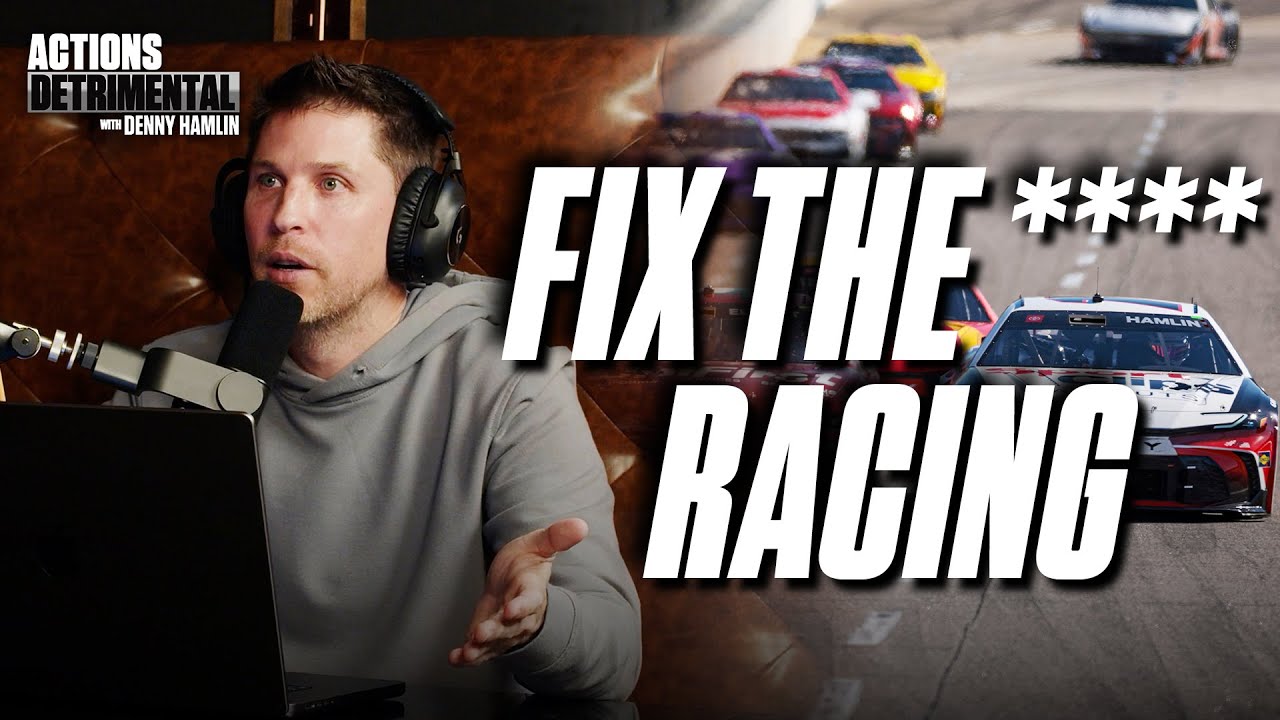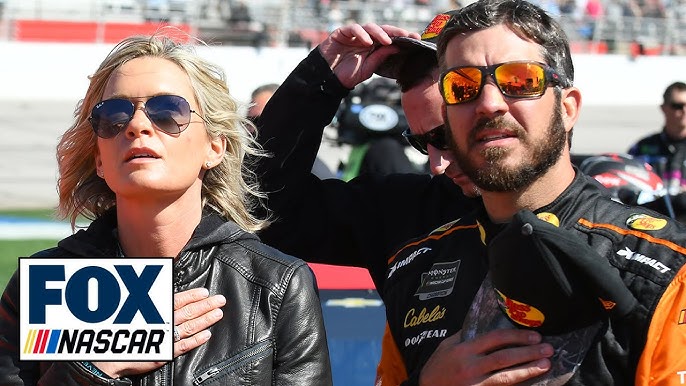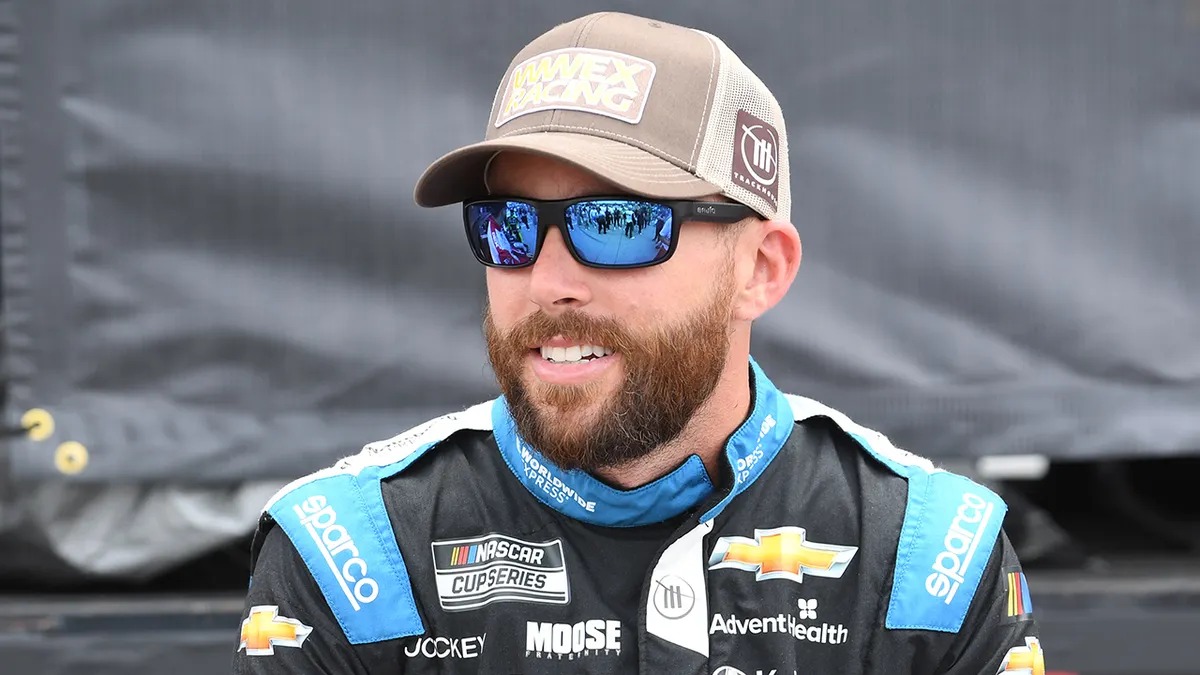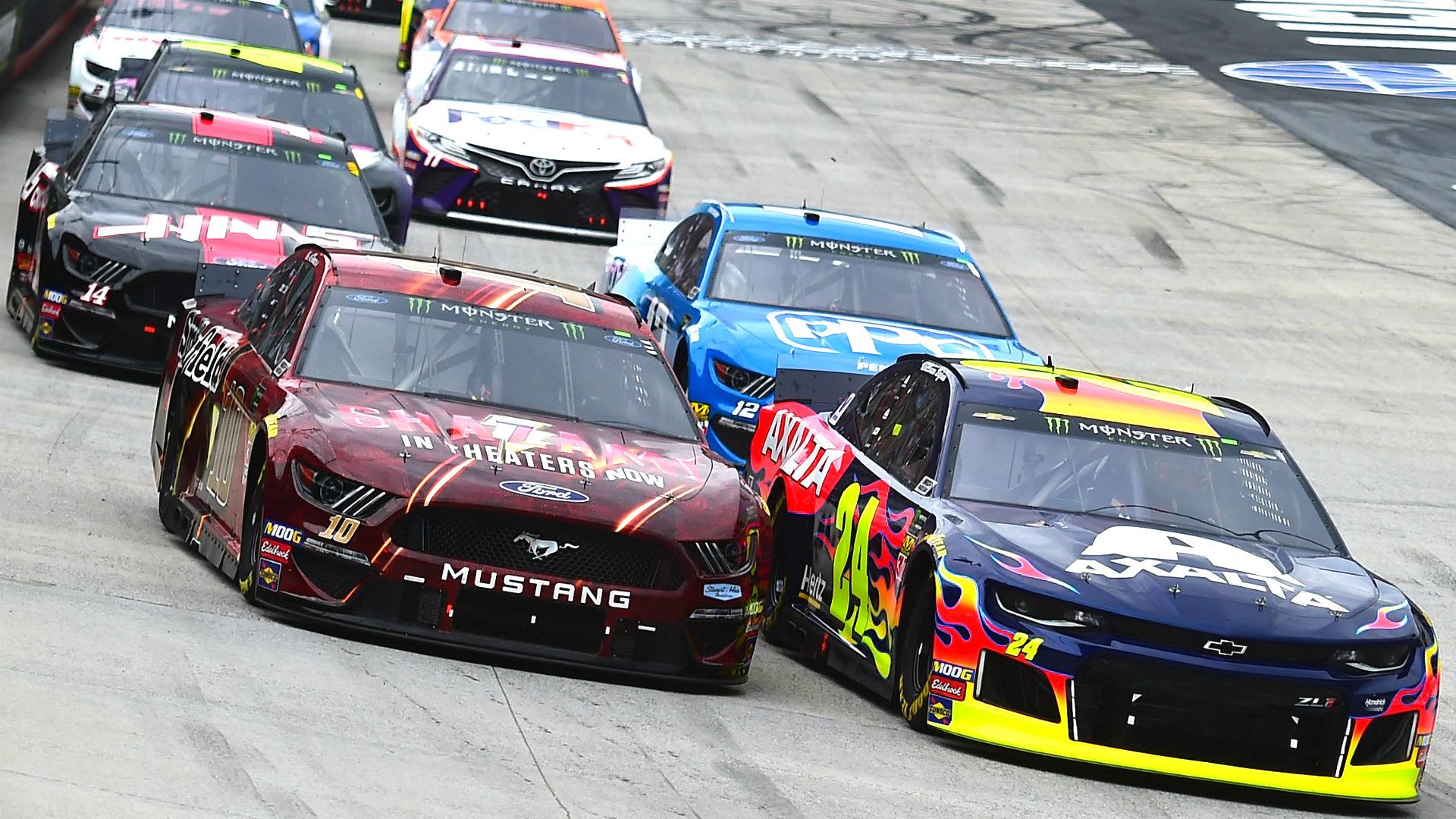Denny Hamlin’s recent comments reflect growing frustrations within NASCAR over the sport’s approach to race scheduling, particularly the trend of late start times aimed at maximizing TV ratings. After the rain-shortened start of the FireKeepers Casino 400, which was postponed and concluded on Monday afternoon, Hamlin used his *Actions Detrimental* podcast to voice concerns over NASCAR’s prioritization of ratings over practicality and fan experience.
Hamlin pointed out that starting the race earlier could have allowed the event to be completed on Sunday before the heavy rain arrived. He remarked that the significant rain delay was avoidable if the race had been scheduled earlier in the day, highlighting that only about 100 laps would have been left, rather than 150, if the start time was earlier.
The discussion about the late start times raises broader questions about NASCAR’s strategies for sustaining and growing its fanbase. Hamlin acknowledges that NASCAR’s shifting start times, including moves to different networks and streaming platforms, have been driven by a desire to boost ratings. However, he questions whether constantly chasing TV viewership numbers is ultimately beneficial for the sport.
Hamlin highlights the importance of consistent scheduling, pointing out that a traditional 1 p.m. Sunday start time offers fans a reliable slot for tuning in. This consistency, he argues, could be more appealing than constantly adjusting start times based on network preferences or rating strategies. Yet, Hamlin also recognizes that networks have significant influence over start times, especially when races are broadcast on major channels where prime slots are valuable.
From the networks’ perspective, later start times are seen as more beneficial because they align with the evening viewing habits of many households. Sunday afternoons are often reserved for outdoor activities or other commitments, whereas people tend to settle in for TV time later in the day. This rationale, according to Hamlin, drives NASCAR’s decision to schedule later races that flow into or from other popular programming. The hope is that by airing races in these time slots, casual viewers or those waiting for other shows might catch the end of a NASCAR event and become more engaged with the sport.
However, Hamlin argues that this strategy involves significant guesswork and risks compromising the fan experience, especially when weather disrupts schedules. NASCAR’s status is not as strong as leagues like the NFL, where fans are willing to adjust their schedules around games. This reality makes NASCAR’s balancing act between ratings and fan satisfaction more challenging.
Hamlin’s comments highlight a tension in NASCAR’s efforts to appeal to broader audiences while maintaining the sport’s integrity and keeping its core fans engaged. He questions whether it’s worth chasing these marginal gains in viewership at the cost of scheduling consistency and race-day experience, particularly when the payoff of attracting new viewers remains uncertain.
In sum, Hamlin’s remarks spark a necessary debate about whether NASCAR should prioritize predictable race schedules and better weather considerations over continually adapting to the demands of network-driven ratings. While growing the sport is essential, maintaining a balance that doesn’t alienate existing fans or compromise race quality may be equally important.



